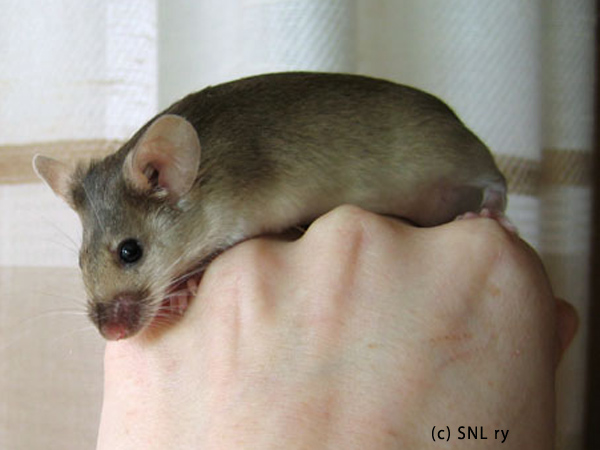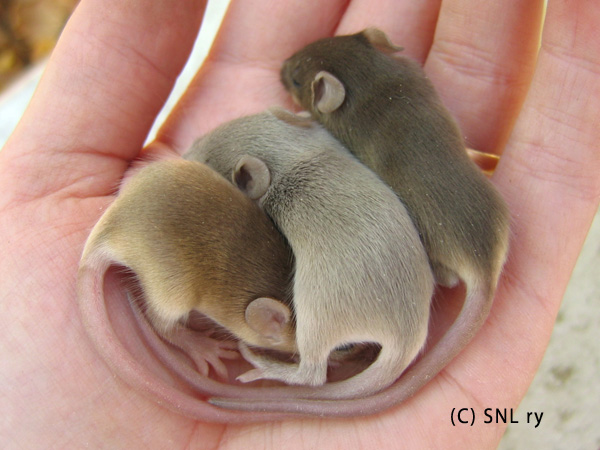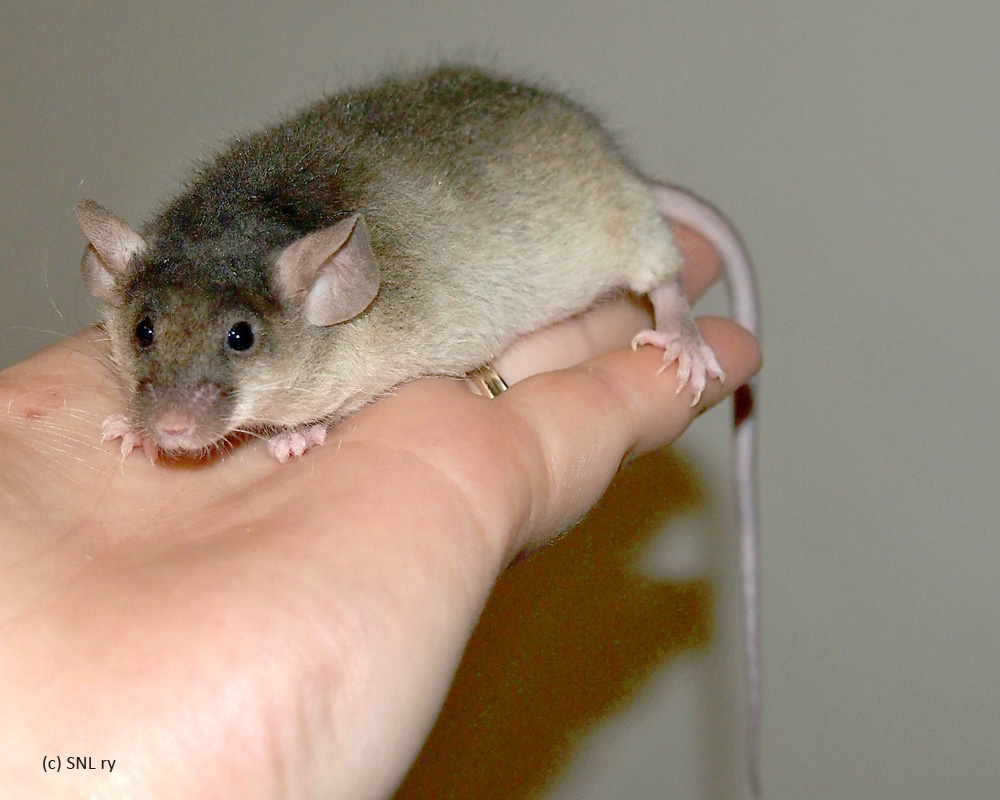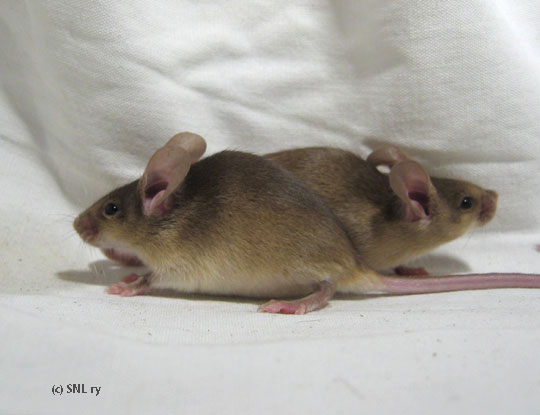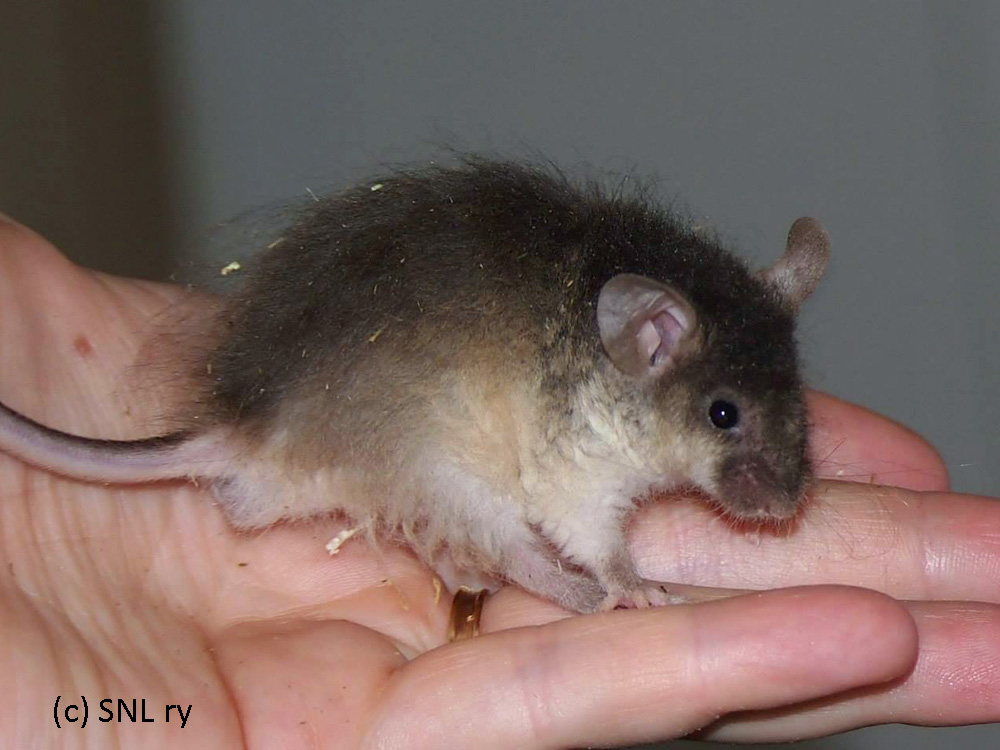Varieties
Shaded and Pointed
Marten Sable (ms)
Ay/at B/* cch/cch D/* P/* U
"Eyes black. Top colour shall be a rich dark sepia from nose to tail, shading off to a paler colour on lower jaws, sides and flanks. Blending to be gradual; belly white. White ticking on flanks and rump to be considered as added beauty."
Breeding information below the pictures.
Quick Look
Marten sable is genetically a sable with two chinchilla genes. The red colour of sable is diluted to shades of white and cream while the shading is dark sepia.
Genetic Background and Other Info
Best marten sables, like best sables, are usually Ay/at. Although it is the most recommended genotype it is not the only possible one; Ay/A ja Ay/a may also produce marten sable. The most essential thing is to introduce as strong umbrous factors as possible.
Marten sable is a rare variety. Various more or less shaded (or sooty) Ay-based c-recessive mice are plenty, but a pure show quality marten sable is a rarity. Finding one to start with is unlikely, so a breeder interested in the variety may want to start by pairing untypical “marten sable” mice (as mentioned above) with black fox. Selecting for offspring that match the standard as closely as possible, and pairing these further with black fox, it is possible to get good results.
The most common fault in marten sable is not being genetically “pure” in their c-locus. The desired genotype would be cch/cch, but many mice that look like marten sable may be something else. Even siamese combined with Ay and umbrous produced a “marten sable” of a sort, but it doesn’t mach the standard for the colour (the phenotype is more like siamese). Identifying these different mixed genotypes is often very difficult. If it’s suspected that a marten sable mouse has unwanted c-locus genes, it is worthwhile to breed it to black fox.
Even a genetically “pure” marten sable has challenges: they tend to be cream coloured when the desired belly colour would be white. Weak shading may also be a problem. Breeding to black fox helps in correcting these faults as well. Marten sable should not be bred to any other varieties, and especially wrong c-recessives should be avoided.

